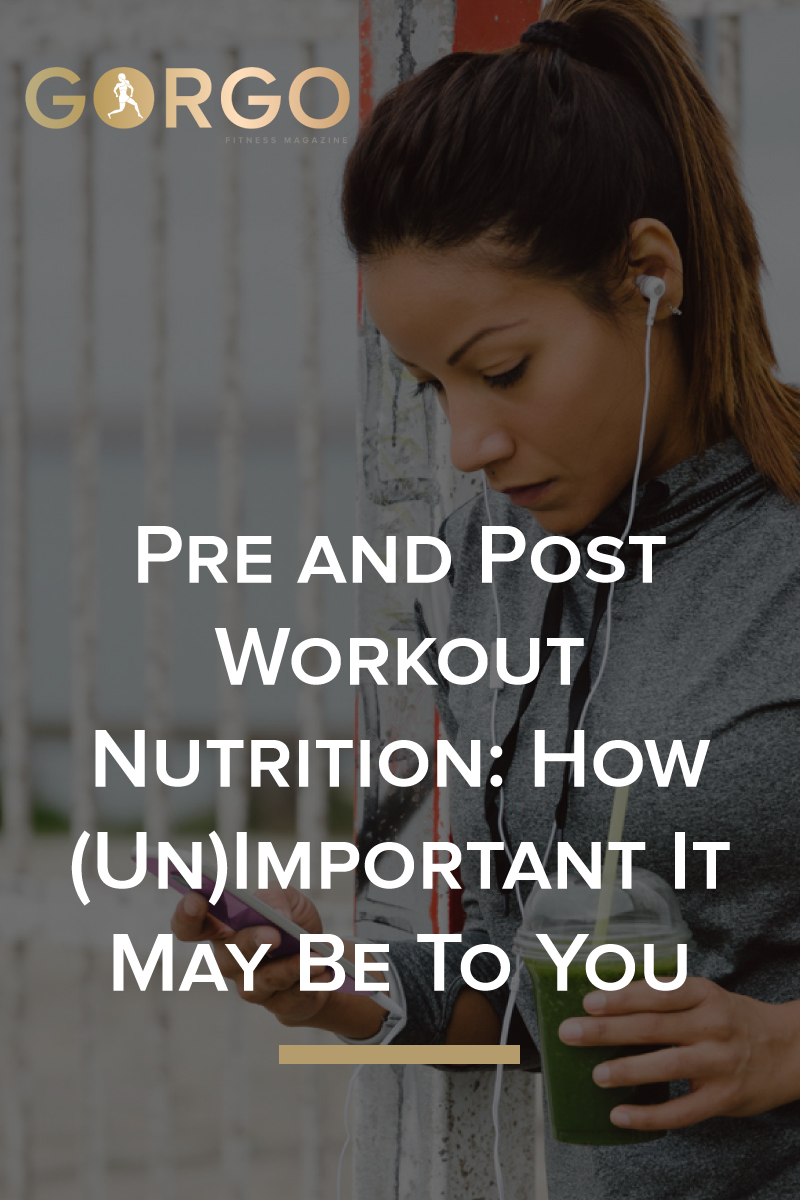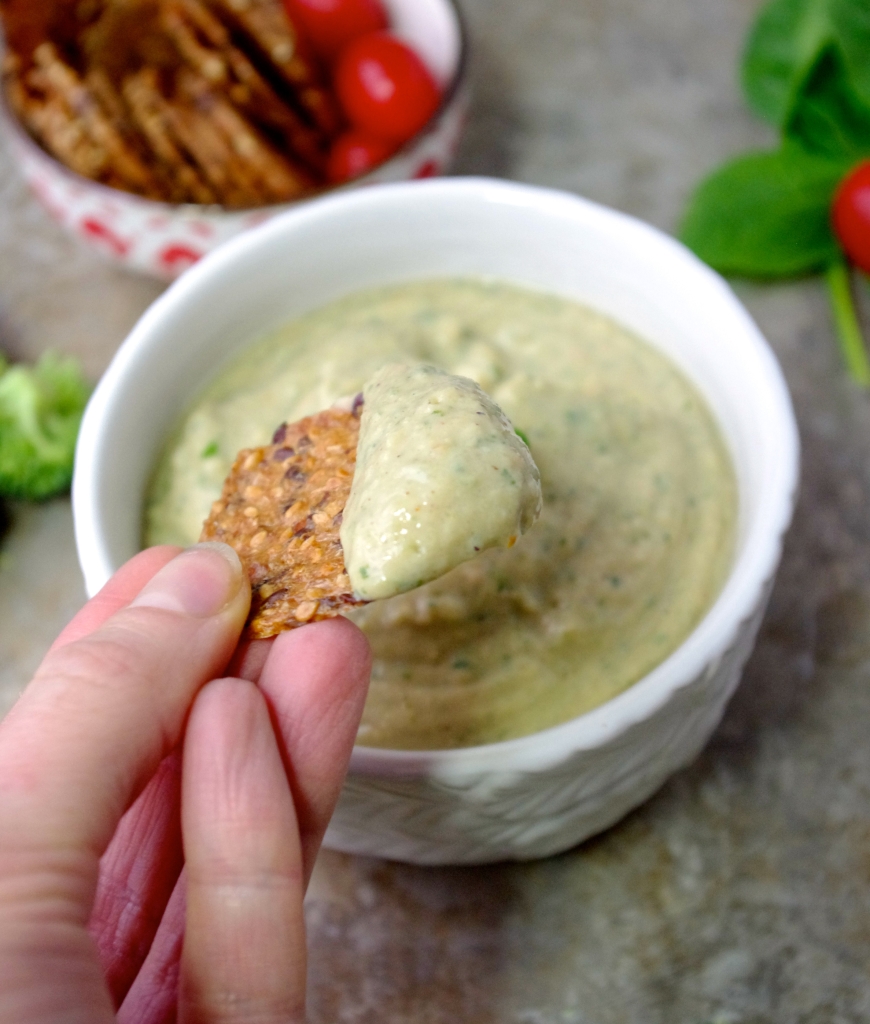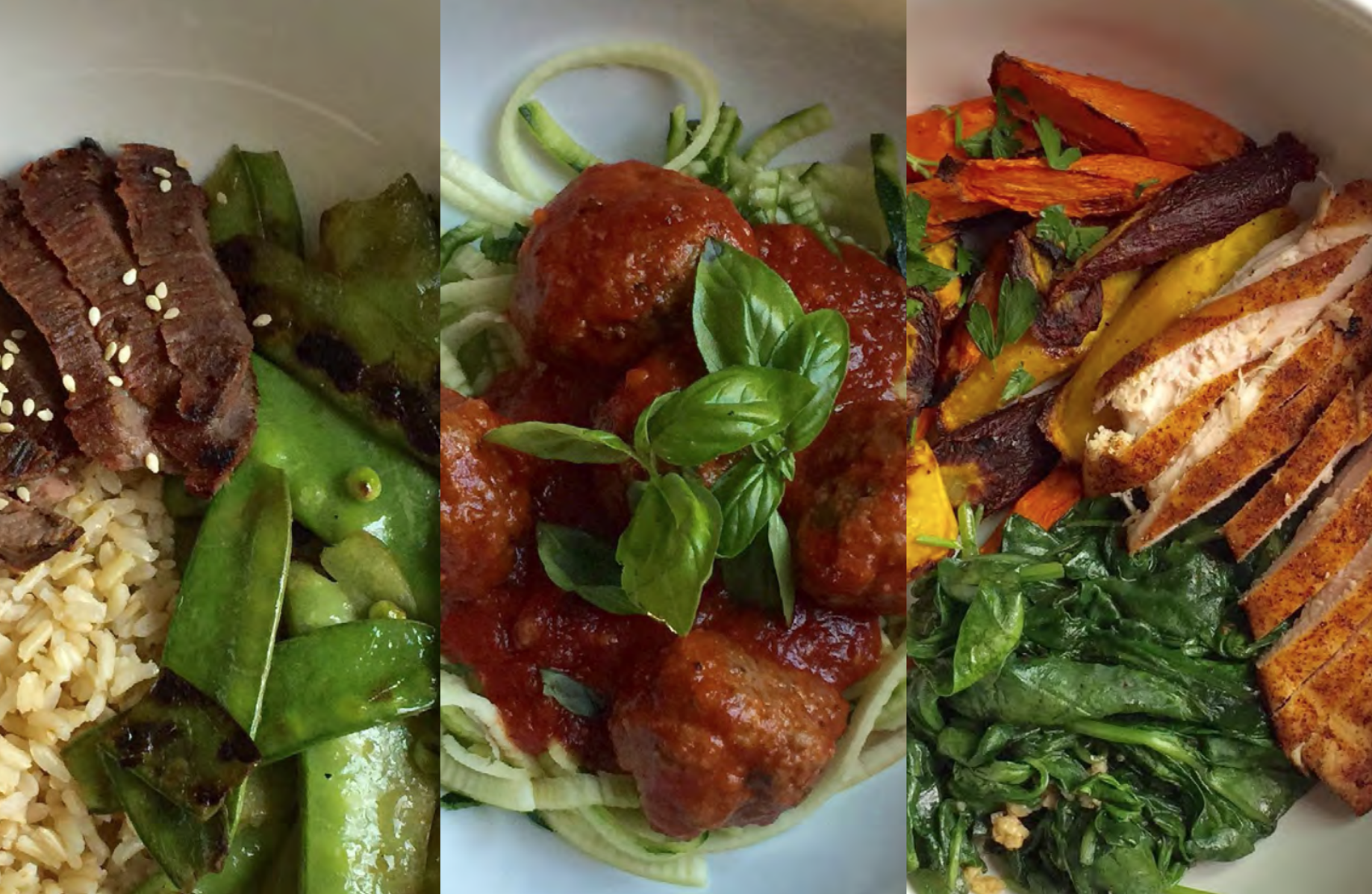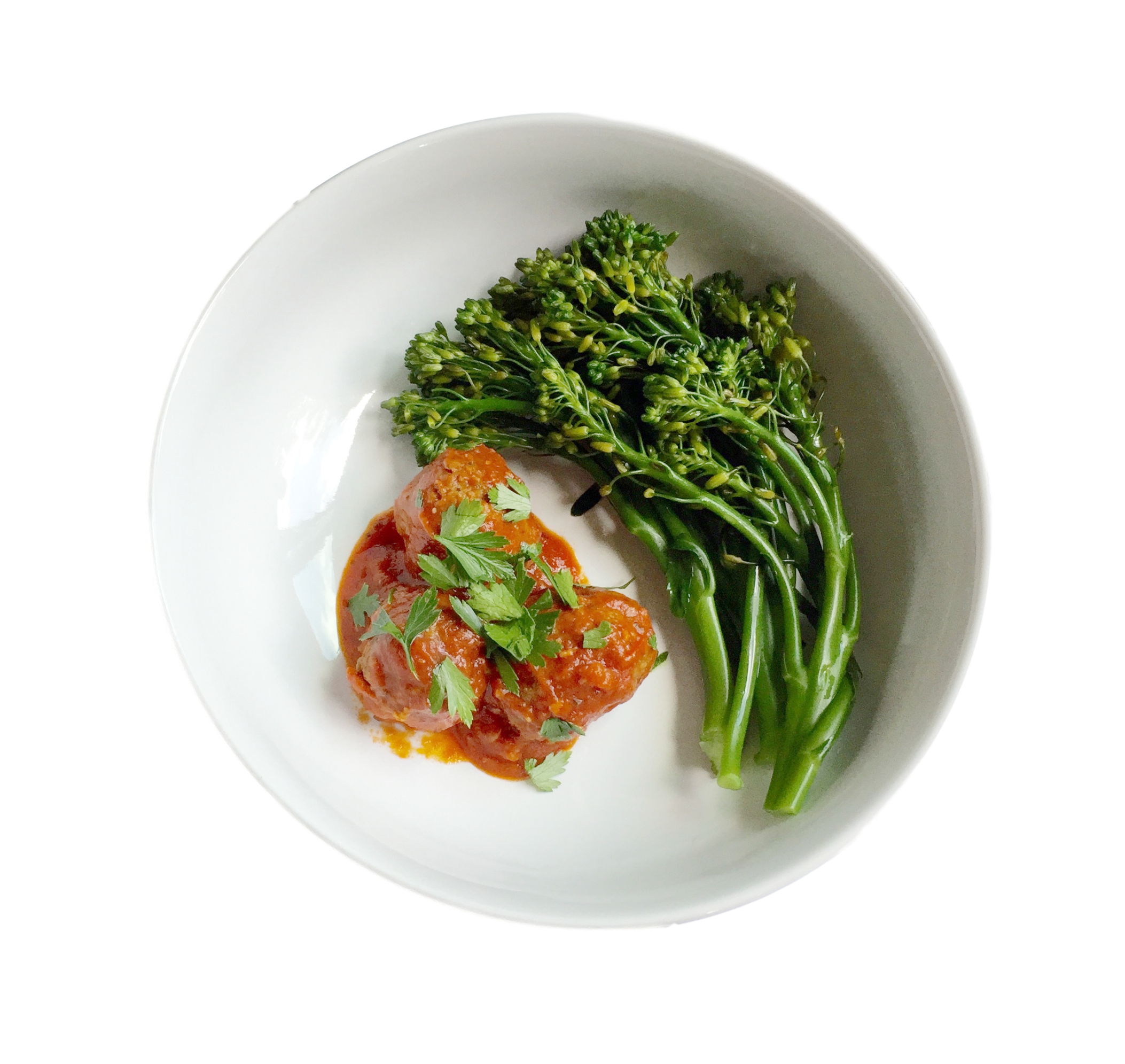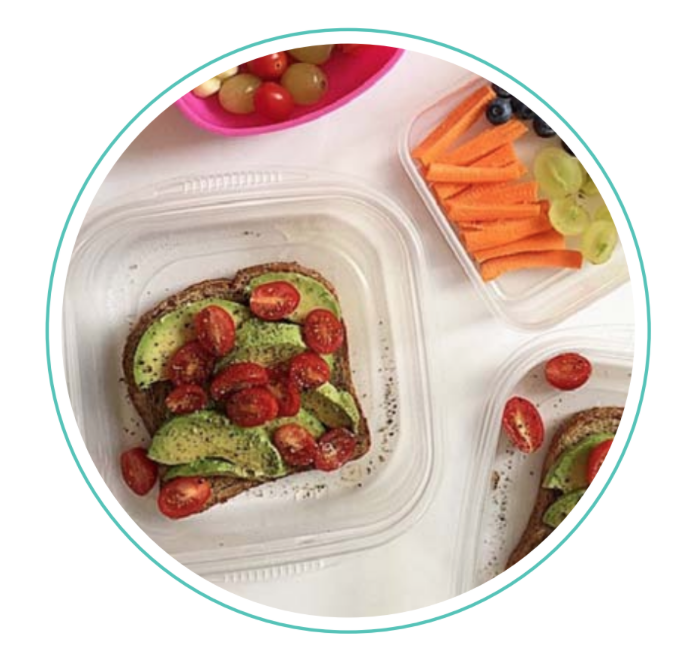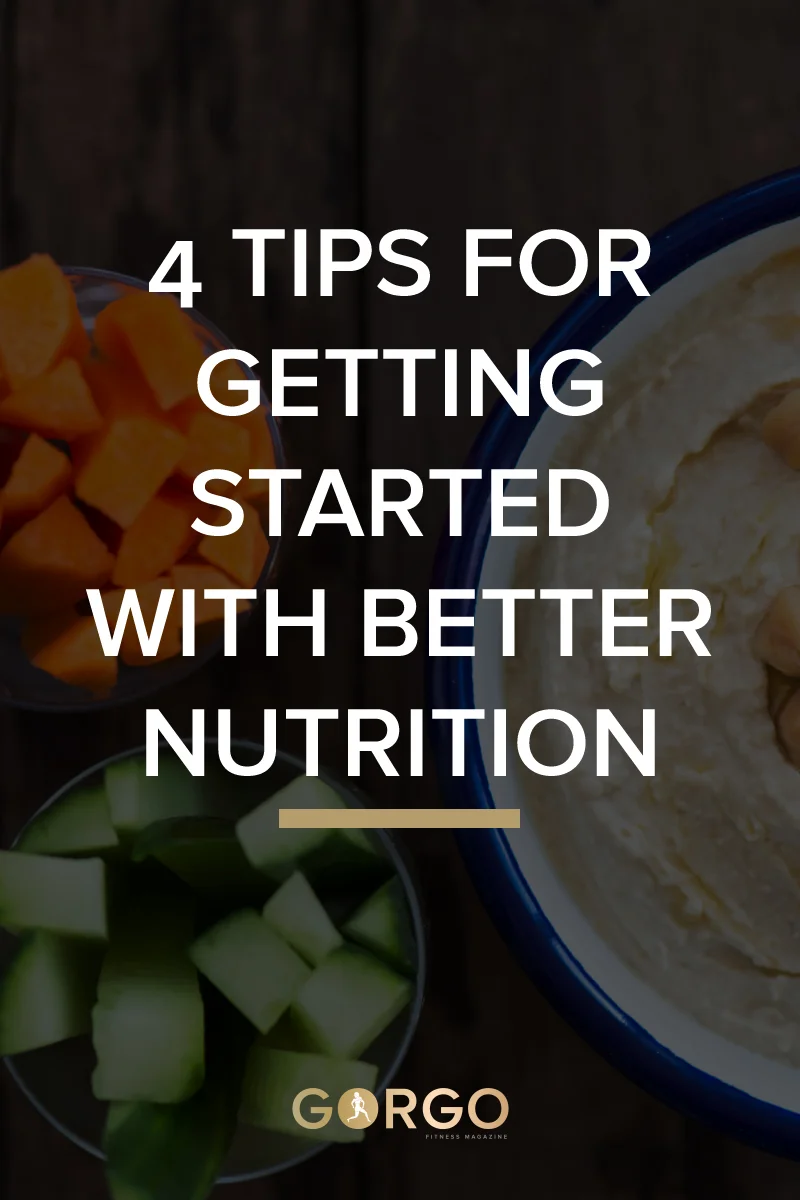3. Alcohol stores as fat.
The large truth debunking this myth is in the science of the human body having no ability to store alcohol calories like it does food calories. However, drinking alcohol does put a hold on your body’s digestion of any consumed food calories, taking priority in digestion until it is all excreted out of your system. Remember learning the “1 drink, 1 hour” rule? That’s roughly how long it takes you to metabolize one standard alcoholic beverage and it’s also roughly how long your metabolism is on hold per drink that you consume. Drink a six-pack in a day at the beach? That’s six hours on metabolic hold from properly digesting food and using it as energy. While the alcohol calories themselves may not be stored as fat, the food calories that you ate while you were drinking may be, simply because they are not being metabolized for energy while there’s still booze in your body.
Bottom line: Limit your consumption to 1-2 drinks no more than 4 times a week for women, and 2-3 drinks no more than 4 times a week for men if you want to hit your goals.
4. Carbs are bad and I shouldn’t have ______________.
I’ll let you fill in the blank. Carbs are bad and I shouldn’t have: bread. pasta. rice. potatoes. fruit. The list of foods I’ve heard filling the blank on this myth could easily be a mile or more long. Let me debunk this myth for you now, at long last. Carbohydrates are the number one fuel source in your body. They are a critical part of cellular energy, muscular function, brainpower, and a well balanced diet. Without adequate carbohydrates in our diet we can quickly feel slugglish, hangry, fatigued, headaches, brain fog, irritability, leg cramps, constipation, heart palpitations, and drastically reduced physical and mental performance. This myth got started years ago when the belief arose that carbohydrates make people gain weight. The truth is that any macronutrient in excess can make people gain weight.
Bottom line: Choose healthy carbs that are fibrous like whole grains, fruits, and starchy vegetables as well as reduced fat dairy as a part of a balanced diet.
5. Consume 1 gram of protein per pound of body weight.
In recent years many diet approaches have left people over consuming protein in hopes of building or maintaining muscle. Eating excessive protein in amounts greater than the body needs can have negative effects including weight gain, extra body fat storage, extreme stress on your kidneys including excessive urine output, dehydration, and leaching of critical bone minerals. On average, Americans are consuming three to five times more protein than their body needs and can actually use. The truth? The body needs 0.8 grams of protein per kilogram of body weight for an average adult and up to 1.5-2.0 grams of protein per kilogram of body weight for those that are performing strenuous exercise most days of the week. To accurately calculate how much protein your body needs, take your bodyweight and multiply it by 0.454 to get your kilograms of body weight. Then multiply that by 0.8 to get your grams of protein needed if you’re not regularly exercising, and multiply your kilograms of bodyweight by 1.5-2.0 if you are regularly exercising to get your protein macro goals.
Bottom line: 1 gram of protein per pound of bodyweight is only acceptable for very short amounts of time to not strain your body and have negative effects. Your regular daily intake should be between 0.8 – 2.0 grams of protein per kilogram of body weight, dependent on your physical activity level.













